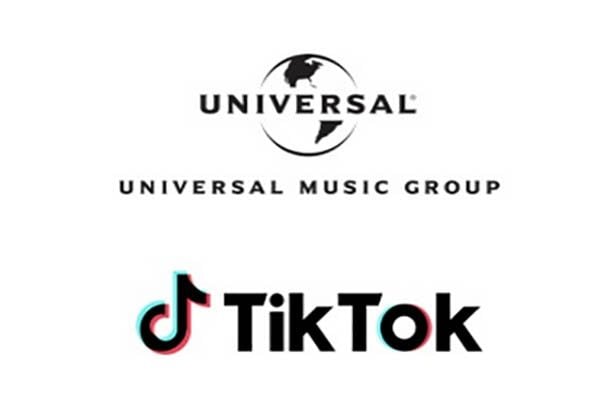Facebook founder and CEO Mark Zuckerberg has greeted Facebook’s results for the second quarter of 2017 with amusing understatement: “We had a good second quarter and first half of the year.”
He’s underselling a remarkable set of results: revenues were $9.3bn for the 2017 April to June period. That’s a 45% increase year-on-year. And profits were up too, increasing 71% to $3.9bn on the same period last year.
Where’s the growth coming from? Simply, loads of people are using Facebook with more than 2 billion people (a quarter of humanity) logging into the site every month. In terms of users they say it’s 17% higher than a year ago. Needless to say such numbers are very attractive to advertisers and advertising spend growth with Facebook has been impressive too.
Of particular interest is the increase in revenue stemming from mobile ads. That represented 87% of Facebook’s advertising revenue of $9.16bn and is up from 84% a year ago. And they’re spending money too. The company now employs over 20,600 people. That’s a massive increase of up 43% year-on-year.
It’s almost impossible not to be blown away by these astonishing and accelerating figures. Previously analysts were sceptical that Facebook could monetise its traffic, and keep costs under control. But they’ve answered that question. They really can.
And now it’s a case of looking to the future. Advertising revenue, including on mobile, is clearly key to the future. But can they also monetise ecommerce? It seems to us that they have an enormous opportunity. There’s no doubt that focussed trading groups and ultra-local commerce groups are an obviously developing trend on the social network. People are already easily and keenly trading on Facebook. Their next step must surely be to grease the wheels there and take a cut. Or maybe it’s better to keep it free and ensure people come back to the site again and again because eyeballs boost ad revenues.









